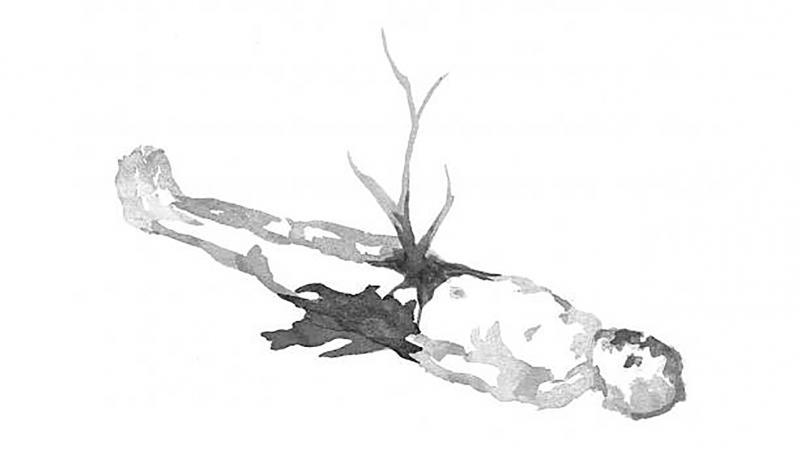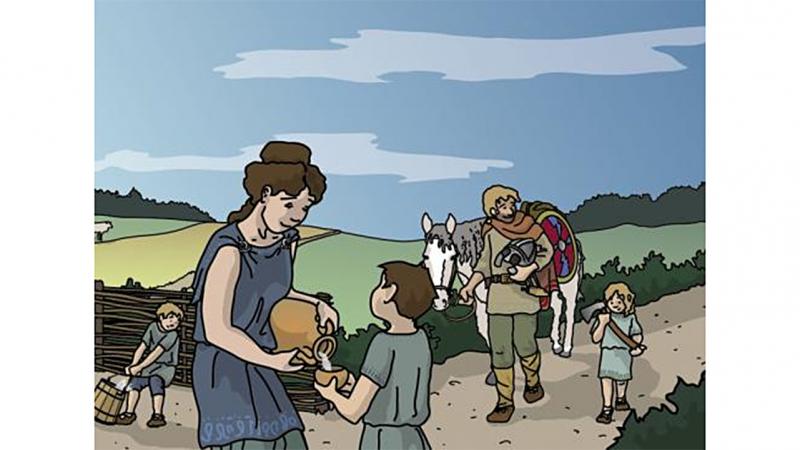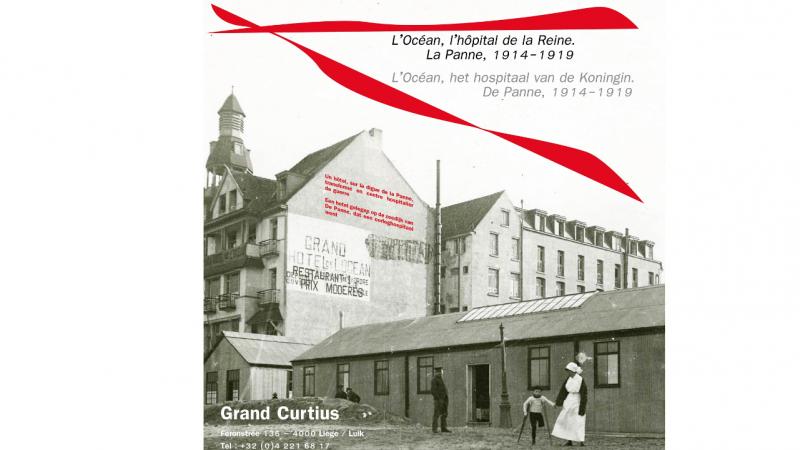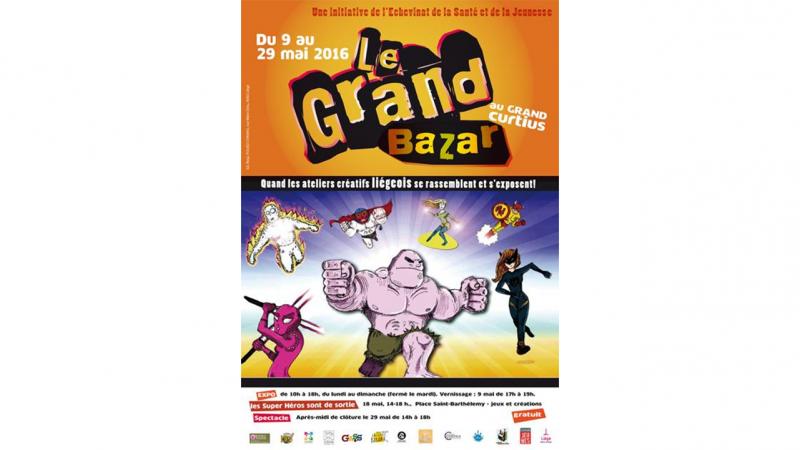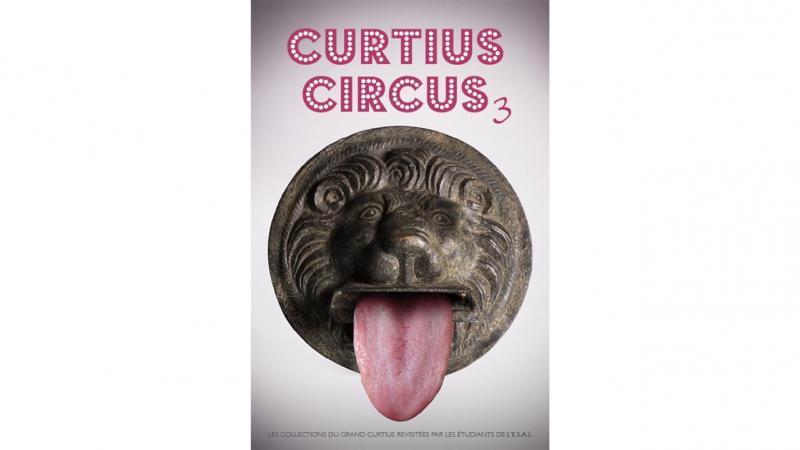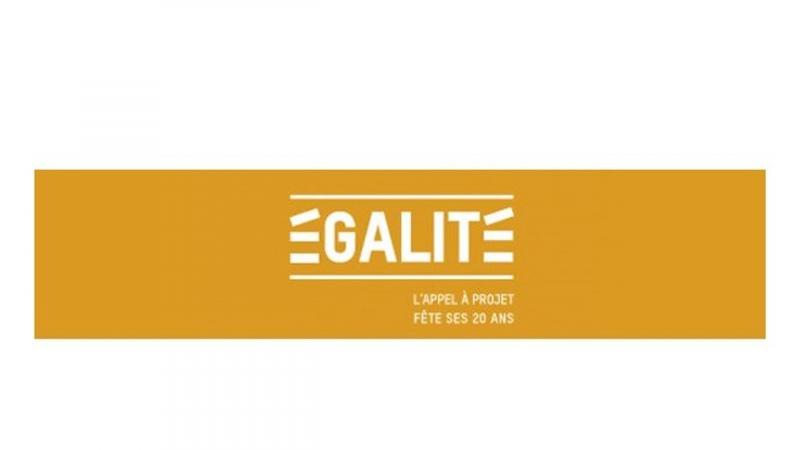DIALOGUE
This project has been proposed by AIGS, in collaboration with the REVERS not-for-profit association.
The works on display are partly produced in the workshops of CRF Le Maillet,
L’Intervalle, Le Sablier, SIS Les Cramignons and the REVERS cultural insertion system.

